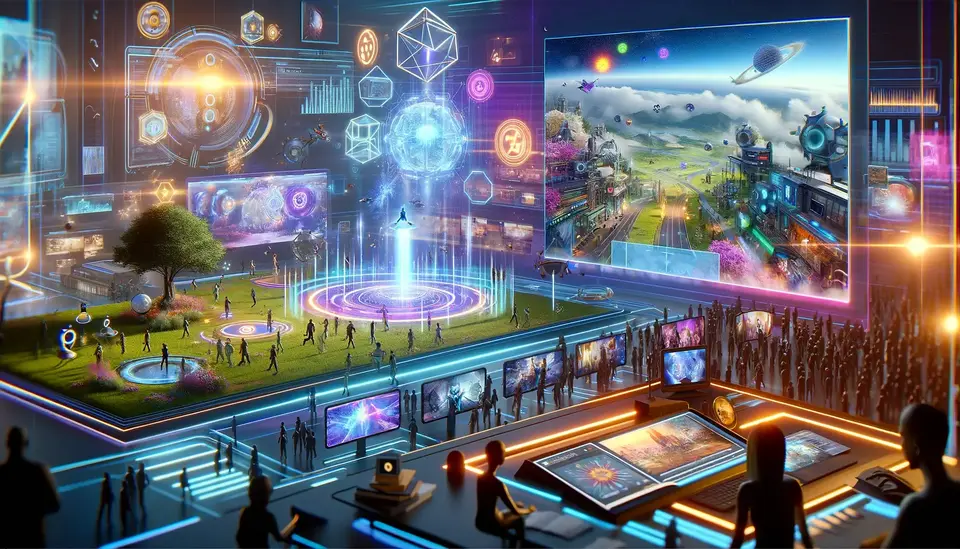Benefits of Metaverse for Architecture
Posted on April 3, 2023 3 minutes 465 words
Table of contents
The metaverse, a virtual world where digital and physical realities converge, is rapidly changing the way various industries operate. One such industry that stands to benefit immensely from this digital transformation is architecture. This blog post will explore the numerous advantages the metaverse brings to the field of architecture, from immersive design experiences to enhanced collaboration, sustainability, and accessibility.
Immersive Design Experience
Gone are the days of relying solely on 2D blueprints and renderings. Architects can now use the metaverse to create detailed 3D models of their designs, allowing clients to virtually walk through the space and experience the layout and ambiance in real-time. This level of immersion helps clients better understand the architect’s vision and make more informed decisions about design aspects, materials, and overall aesthetics.
Sustainable and Efficient Design
One of the most significant benefits of the metaverse is its ability to simulate and analyze various building aspects, such as energy consumption, lighting, and material usage. Architects can use these simulations to create more sustainable and efficient designs, ultimately reducing the building’s environmental impact and lowering operating costs for clients.
Crowdsourced Design Solutions
The metaverse opens the door for architects to tap into a global community of creative minds. By hosting design competitions or crowdsourcing architectural ideas within the metaverse, architects can access innovative solutions and diverse perspectives that they may not have considered otherwise. This collaborative approach can lead to groundbreaking designs and an overall elevation of architectural standards.
Enhanced Collaboration
The metaverse enables architects, clients, and contractors to work together seamlessly, even if they’re located on opposite sides of the globe. Virtual meetings allow real-time design changes and updates, streamlining the decision-making process and improving communication among all parties involved. This increased collaboration leads to more efficient project timelines and helps to minimize potential misunderstandings or miscommunications.
Training and Education
For aspiring architects, the metaverse serves as a powerful training and educational tool. Students can participate in virtual internships, workshops, and design studios, gaining hands-on experience and learning from industry professionals. This immersive learning environment can better prepare students for real-world challenges and help bridge the gap between academia and practice.
Accessibility and Inclusivity
By enabling architects to create realistic virtual walkthroughs of their designs, the metaverse can also help make architectural spaces more accessible and inclusive for individuals with disabilities. Architects can better understand and accommodate diverse needs, ensuring that the built environment caters to everyone, regardless of their physical abilities.
Conclusion
Embracing the metaverse offers a wealth of opportunities for architects to innovate, collaborate, and create more sustainable and inclusive designs. By harnessing the power of this cutting-edge technology, architects can stay ahead in an ever-evolving industry and contribute to a more connected, accessible, and environmentally responsible world.








